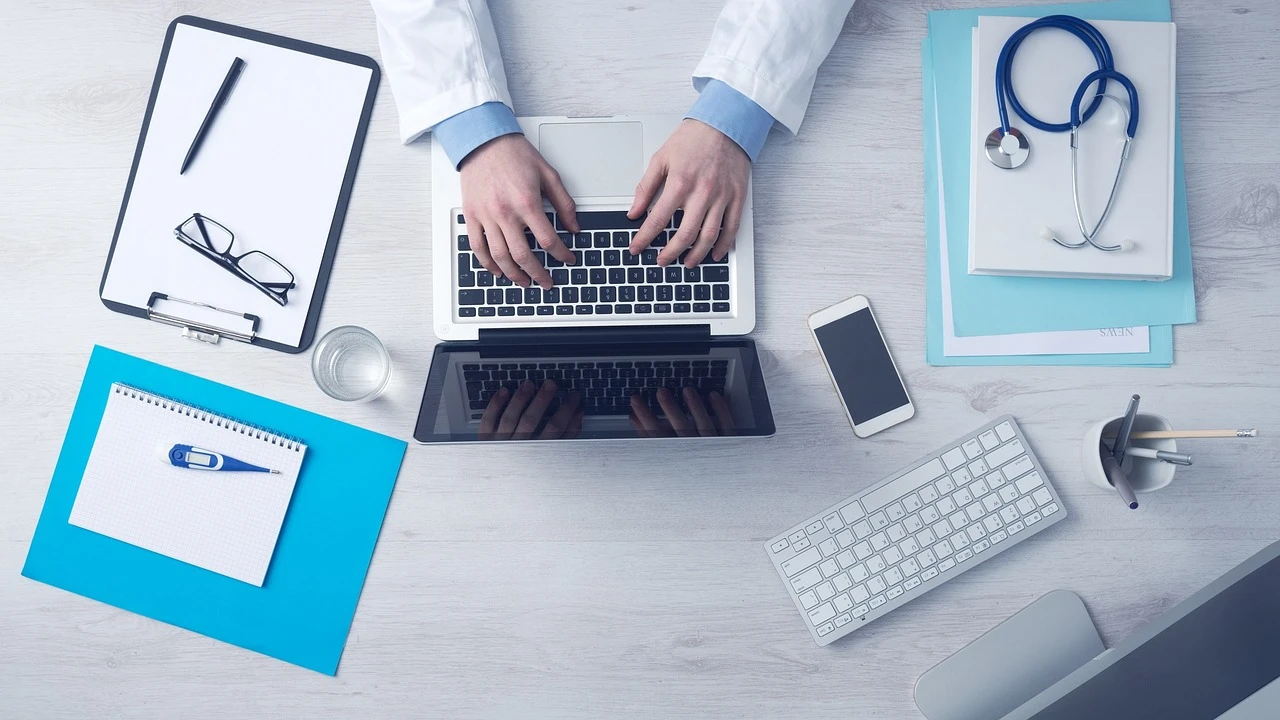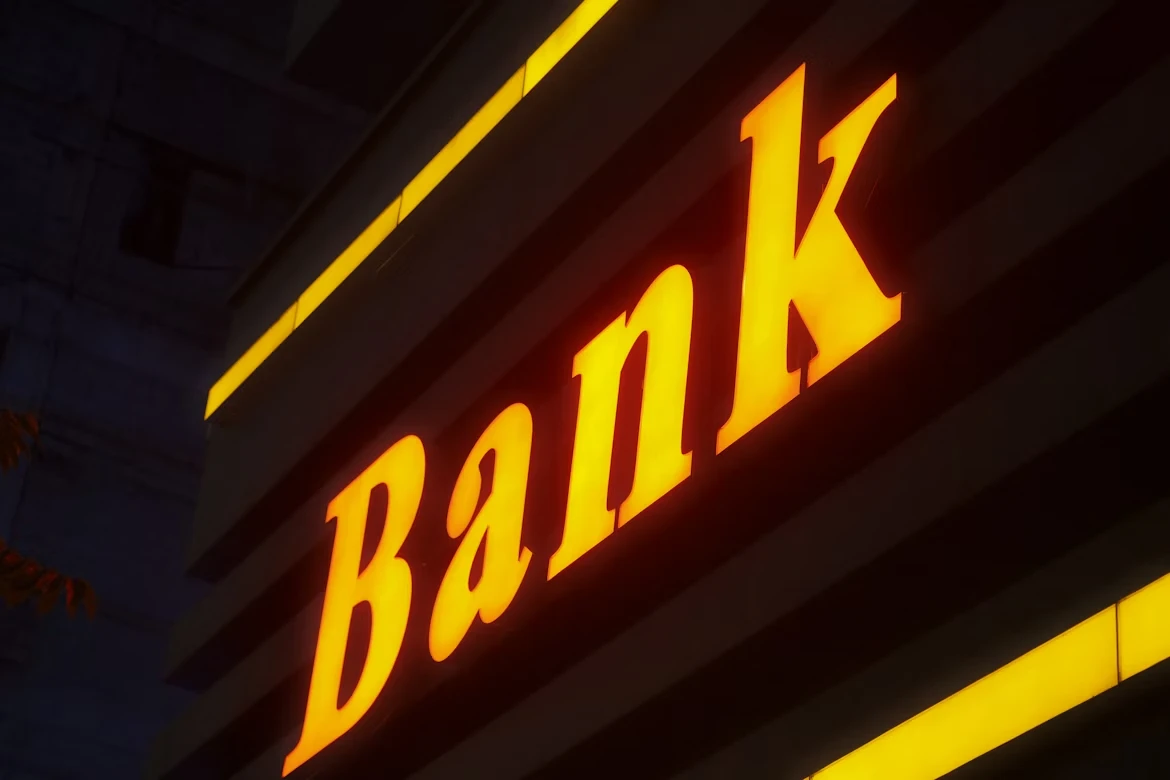
This website uses cookies
We use Cookies to ensure better performance, recognize your repeat visits and preferences, as well as to measure the effectiveness of campaigns and analyze traffic. For these reasons, we may share your site usage data with our analytics partners. Please, view our Cookie Policy to learn more about Cookies. By clicking «Allow all cookies», you consent to the use of ALL Cookies unless you disable them at any time.
The healthcare industry has been at the cutting edge of technology since time immemorial. Hardware, software, medication, surgical procedures; the quality of care available to patients in 2019 has never been better. And yet, the administration and data management underpinning that care is severely lagging behind.
The answer? Blockchain. The technology most commonly associated with Bitcoin could actually transform how we manage electronic medical records (EMR). Deploying EMR using blockchain has the potential to fundamentally disrupt the healthcare industry for good.
Here, we set out to answer a few key questions, and explain why blockchain will transform healthcare as we know it. But first…
What exactly is Blockchain?
Let’s keep it simple. Blockchain is a time-stamped series of immutable data records managed by a group of computers that aren’t owned by any single individual, company, or government organization. Each block of data is secured and bound to another using cryptographic principles. Hence, “blockchain”.
So, why is the tech industry all abuzz about blockchain?
It’s because the blockchain network isn’t centralized. Instead, it’s democratic. The information is shareable and can be added to, but it can’t be copied, changed or deleted, making it both transparent and accountable.
This marks blockchain out as the ideal setup for storing and sharing electronic medical records.
And what are Electronic Medical Records?
An electronic medical record or electronic health record, (EHR) is a digital copy of an individual’s medical history. Typically maintained by a healthcare provider throughout a patient’s treatment, the file contains key information, including:
diagnosis;
prognosis;
vital signs;
demographics;
lab test results;
and much more.
In theory, an EMR system provides instant access to accurate and up-to-date patient information. This helps to minimize medical errors, increase patient participation, reduce long-term healthcare costs, and improve efficiency – particularly if a patient progresses through different departments during their treatment.
Patient data: an industry-defining challenge
One of the most significant challenges faced by the healthcare industry today is in the sharing of key medical data with stakeholders while maintaining data integrity and protecting patient privacy.
It’s true that data standards are better than they’ve ever been. However, EMRs can still fall foul of inconsistent workflows and a lack of ownership. This can badly affect decision-making and data veracity, which of course, in turn, impacts the treatment and care of the patient.
There’s now a growing focus on coordinating care and involving the patient more at every turn. EMRs need to be accessible at each stage of treatment, and multiple stakeholders need to be able to view, edit, and share data while maintaining an accurate and up-to-date record of medications and diagnoses.
Lives Are in Danger
On the surface, this may appear a simple challenge of logistics. But without EMR standardization and the means to safely and easily share data, it’s by no means dramatic to suggest that lives are in danger. If electronic medical records are left incomplete, or missed at a vital stage of care, it could jeopardize the efficacy of a particular course of treatment.
In this day and age, EMRs should be watertight and patients should have an active say in who gets to see them, how much they get to see, and what they can (and can’t) do with their data. So, what’s the answer?
The solution = Blockchain + EMRs (a match made in Heaven)
Given that personal health data is so sensitive and subject to the challenges outlined above, it makes perfect sense to utilize blockchain.
Imagine. The information contained within an EMR and shared on a distributed ledger of a blockchain would be updated and secured, ready to be used by anyone with permission to access it. A blockchain-based EMR solution would also reduce the time required to access the patient’s information while improving data quality and enhancing interoperability.
Additionally, the use of blockchain for electronic health records would help reduce overheads – especially when it comes to software development and maintenance of health record systems.
Advantages of managing EMR using Blockchain
Once a blockchain has been introduced to manage electronic medical records, it becomes the long-sought-after standardized method of digital health data management. Hospitals and care providers will no longer require specific software or databases to access patient data.
For instance, instead of relying on a private network between local hospitals (or a state-designated HIE) the decentralized blockchain would allow doctors, nurses, administrators, and other approved individuals, to participate in an exchange community, without the need for additional data exchange infrastructure between organizations.
What’s more, EHR metadata could be shared safely and securely in the interests of gathering statistics, understanding trends and improving patient care. Which leads us to perhaps the most exciting use case of EMR and blockchain.
Real-time data usage in Healthcare – the final frontier?
Seamless, accurate, real-time information sharing in the healthcare industry should be considered the holy grail for providers and patients alike. However, security concerns and regulatory requirements have often combined to prevent quality data being shared between organizations and individuals.
A better level of collaboration could actually encourage more accurate diagnoses and improve treatment options to usher in an era of cost-effective, proactive care. This is where blockchain comes into action. It can circumvent the problems associated with data ownership and deliver secure and accountable peer-to-peer sharing – without leaving the patient out of the loop.
Putting Your Data to Work
In the US, the Health Insurance Portability and Accountability Act (HIPAA) made it difficult to use health data and hindered its use in real-time.
Using blockchain, it’s possible to collect, store, secure, and share health data, while also enabling real-time use. This could result in healthcare professionals and researchers accessing a huge selection of anonymized patient records for studies, leading to an increase in samples and a better understanding of certain conditions and treatment options.
Blockchain-based EMR could also bring about tailored health recommendations for the patient, delivered via an app or email, with supplementary data being generated from wearables and mobile applications.
This means a doctor could review a patient’s recovery from surgery or illness in real-time, identifying opportunities or issues with regards to diet, exercise, and vital signs such as heart rate, without the need for a face-to-face consultation.
In Summary
The most forward-thinking healthcare organizations have already recognized that blockchain technology will save them time and money, and transform how they operate at the most fundamental level.
More importantly, standardizing the management of, and access to, electronic medical records via blockchain will elevate patient care to dizzying new heights. Patients will receive more accurate diagnoses, fatal errors will be minimized, and they’ll be in control of the entirety of their digital health record.
And with electronic health metadata securely collated and reconciled, it can be put to work helping to pinpoint health trends, improve treatment, and eradicate diseases.
The potential of blockchain technology is incredibly exciting – and combining it with EMR will ensure we all benefit from a brighter, fairer, healthier future.






